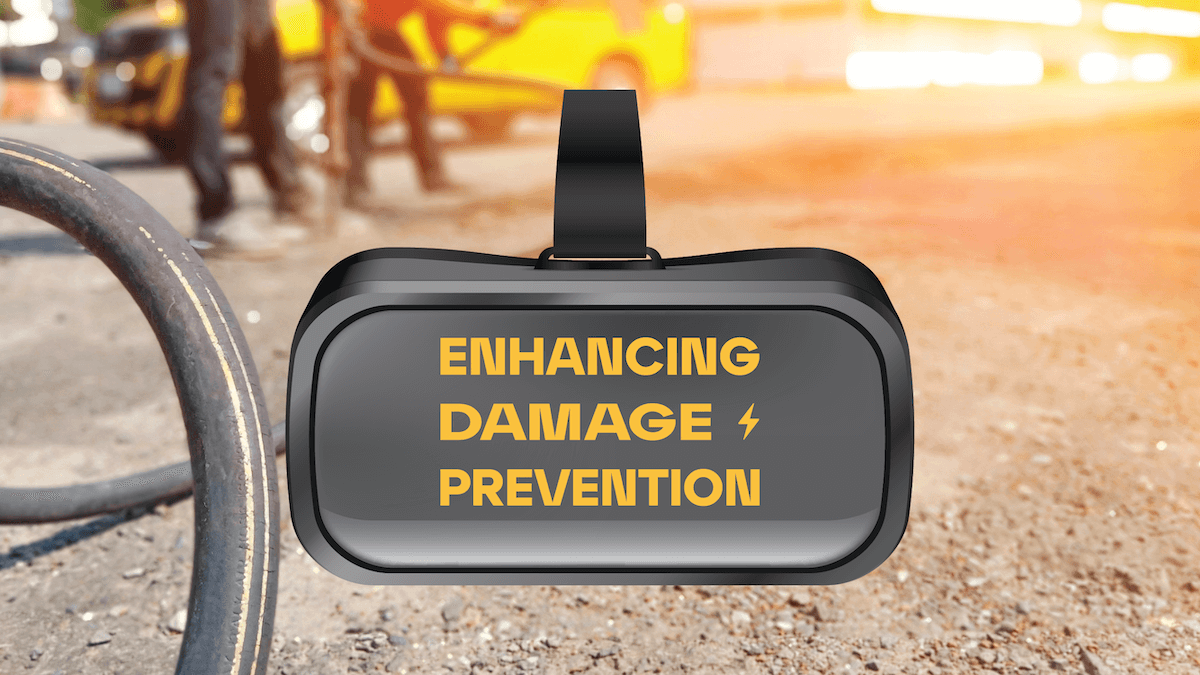
In the world of construction and infrastructure development, one of the greatest challenges is preventing damage to underground utilities. Accidental hits on gas lines, electrical cables, or water pipes not only pose safety risks but also result in costly repairs, project delays, and even environmental hazards. However, by embracing Subsurface Utility Engineering (SUE) practices and incorporating innovative safety measures like Building Information Modeling (BIM), we can revolutionize the utility locating industry, create more value, and significantly reduce damages.
The Power of SUE:
The importance of SUE was covered by Shane Hart in this short article! Subsurface Utility Engineering, with its comprehensive and meticulous approach, holds the key to minimizing the risk of utility damages. By utilizing engineering, geophysical techniques, and cutting-edge technologies, SUE enables accurate identification, mapping, and understanding of underground utilities before initiating any excavation or construction work.
One of the core strengths of SUE lies in its ability to categorize utility information into quality levels. By progressing from Level D (records research) to Level A (precise location determination), project managers can make informed decisions, reduce uncertainties, and proactively address potential conflicts. The precision provided by SUE not only enhances safety but also eliminates the need for costly repairs, minimizes project delays, and improves overall project efficiency. I think that these are often overlooked when the bean counters are looking at damage prevention, but there's a lot of ROI in investing in protecting infrastructure.
BIM: A Complementary Safety Measure:
While SUE plays a crucial role in utility locating, incorporating other safety practices such as Building Information Modeling (BIM) can further enhance damage prevention efforts. BIM involves creating virtual 3D models that represent the physical and functional aspects of a project. When integrated with SUE data, BIM can provide an added layer of visualization and analysis, enabling a comprehensive understanding of utility locations and potential clashes with other project elements. Imagine BIM combined with Apple's new Vision Pro headset, and the transparency that would create for managing and working around underground utilities
By visualizing utilities in a digital environment, damage prevention professionals can simulate different scenarios, identify potential conflicts, and optimize project designs before breaking ground. This proactive approach not only reduces the likelihood of accidental utility damages but also streamlines construction workflows, saves costs, and improves project timelines.
Creating More Value and Reducing Damages:
Embracing SUE practices and incorporating BIM in utility locating will not only improve safety but also create significant value within the industry. By reducing the risk of utility damages, projects can be executed more efficiently and within budget. This leads to enhanced client satisfaction, increased industry reputation, and ultimately, more opportunities for growth and profitability. Providing better deliverables is another way of justifying costs to your end client and promoting damage prevention awareness throughout the chain of stakeholders.
Furthermore, the adoption of these advanced practices demonstrates a commitment to safety and responsible construction practices. By prioritizing damage prevention, construction companies can establish themselves as leaders in the industry, attracting more clients who value professionalism, quality, and safety.
Conclusion:
The utility locating industry stands to benefit greatly from embracing Subsurface Utility Engineering (SUE) practices and integrating innovative safety measures like Building Information Modeling (BIM). By leveraging the precision and comprehensive nature of SUE, coupled with the visualization and analysis capabilities of BIM, we can minimize utility damages, reduce project delays, and enhance overall project efficiency. These advancements not only create more value within the industry but also demonstrate a commitment to safety, establishing a foundation for long-term growth and success. It is time for the construction industry to embrace these technologies and practices wholeheartedly, revolutionizing how we approach utility locating and ensuring a safer, more sustainable future. I'm part of the software industry which supports locators and utilities and we're already doing some of these practices but if there's someone out there that wants to try something that isn't currently available I'd love to discuss it with you and make it possible.
Supporting links:
- American Society of Civil Engineers' (ASCE) Standard Guideline for the Collection and Depiction of Existing Subsurface Utility Data: Link to ASCE website
- BuildingSMART International: [https://www.buildingsmart.org/](https://www.buildingsmart.org
Share this Post











